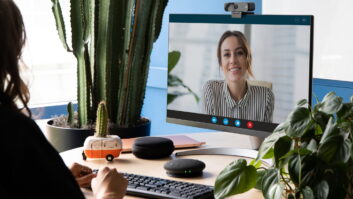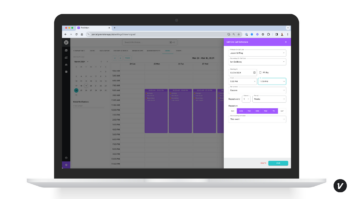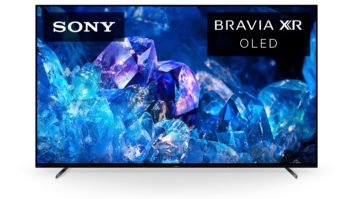When everyone headed home at the start of the pandemic, the number of jobs to improve those environments skyrocketed, including stronger networks and more elaborate home entertainment systems. Although well established as part of the commercial world, unified communications came home, too, and offered yet another opportunity for custom installers to shine.

Here, Al Reinhard, principal of HTA Certified firm AHT Global, describes how he added Crestron’s HomeTime conferencing system to his arsenal, and why he thinks home videoconferencing is here to stay.
RESIDENTIAL SYSTEMS: Do you have a Crestron home conferencing system set up in your shop for demos and virtual sales calls?
AL REINHARD: I have a Crestron HomeTime conferencing solution at home, and I have one set up in the office. We also use the Crestron Flex MM conferencing device in the office when we need more people from our team present on a call. Both of these Crestron conferencing solutions are specific to Zoom, which is so great because almost everyone is using Zoom these days. The easy navigation is important for our clients; with Crestron, the software interface stays the same regardless of if the homeowner is accessing Zoom on their laptop, iPad, HomeTime, Flex MM, or another device.
Has demand for high-quality home videoconferencing increased?
The way people live and work is much different than it was just nine months ago. Before the pandemic most of our videoconferencing installs took place inside offices. Although we installed some residential videoconferencing solutions before, that volume is nothing compared to what we’re doing now because the need just wasn’t there before — now, our customers’ homes are their offices.

How has Crestron HomeTime and other conferencing products been added to your sales programs?
Videoconferencing in the home is a new category. Because of that, I’ve instructed my sales team to go out and educate their customers on these technologies. The majority of them don’t even know these types of products are available to the market, and that they can be implemented right into their existing home office setups. I’ve also incentivized my sales team when they implement a conferencing solution specifically into a home.
Related: Crestron Brings Professional Videoconferencing Home
What has been the most challenging part of installing HomeTime or other conferencing systems, and how did you overcome it?
The setup for Crestron HomeTime or other home conferencing systems is usually pretty straightforward. I’d say the most challenging part is getting the Zoom accounts set up for the customer. It’s not that it’s necessarily difficult to do so, it’s just an extra step that we have to prepare for, both so we can get that information set upfront and so we don’t stumble in front of our customers. If they see us having a hard time setting up the Zoom account, they’ll likely think that the system will be too hard to use. We’ve performed training sessions with our IT staff so that the process would go smoothly both for us and for the customer when we’re out on the job site. By planning the implementation all the way through, and training our team, we ensure successful installs.
Are clients electing for single-room or multi-room settings?
Our clients are mostly electing for single-room settings, but we’re seeing some instances where clients with school-aged kids are electing for multi-room settings to utilize these solutions as educational tools for virtual learning.
What has been the most interesting use of HomeTime that you’ve seen?
Crestron’s home conferencing solutions aren’t just for the home office, they can be used to socialize and celebrate milestones as well. Like many families, mine has used our HomeTime for virtual birthday parties and other social events with our relatives and friends. With social distancing regulations being strongly enforced this winter, HomeTime gives families another way to more closely connect with each other.
Have there been any upsells based on the videoconferencing systems?
Videoconferencing hasn’t predominantly been an upsell into a smart home system; it’s the reverse. Our clients have already hired us to work in their home, and videoconferencing is now one of the many experiences we offer to them. So, videoconferencing is actually the upsell to the smart home, versus the other way around.
How quickly do clients learn how to use the home conferencing system?
Once the home conferencing system is installed, it works just as easily as anything else in a Crestron Home system. The homeowner can see the meetings and calendar in their Zoom account from their Crestron remote, so it’s incredibly fast and easy for them to start their video chats. It works just like Zoom, except now from their remote control.
How has maintenance been on these Crestron home conferencing systems?
So far, HomeTime systems have required almost zero maintenance other than the occasional firmware push, which can be done remotely and directly from the Zoom website.
What has the client reaction been to the installed systems?
Things have changed dramatically over the past nine months. People are paying more attention to how they work, learn, and socialize — not just now, but in the years to come. Our mindset about having to be present from a remote location has changed drastically, so people are flocking to this kind of technology for convenience and for the reliability they need day-to-day. Based on customer feedback, I believe adoption of at-home videoconferencing solutions will only advance further into the future.







